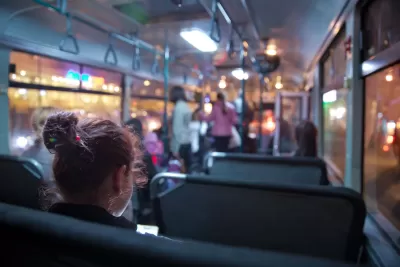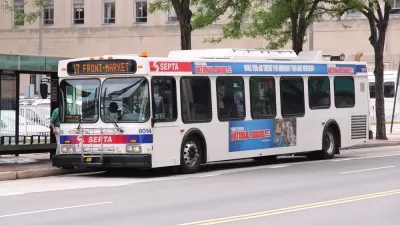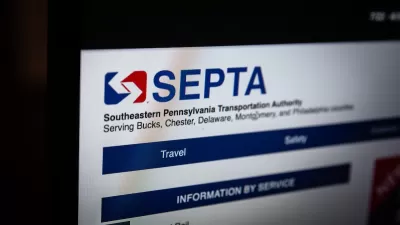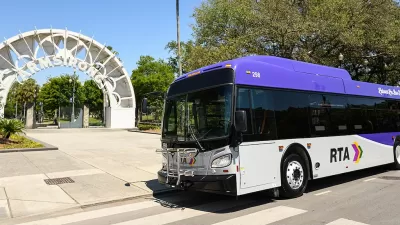Absent additional state or federal funding, public transit systems across the nation could be forced to reduce service.

Public transit systems around the country continue to struggle, with many facing service cuts without additional support.
As Amal Ahmed notes in Streetsblog USA, ridership is down while labor and operating costs are up, and pandemic-era federal funding is drying up. Service cuts lead to further ridership losses, creating a self-perpetuating “transit doom loop.” Ahmed explains, “Funding cuts — whether due to revenue losses from fares, sales taxes, or aid money — all lead to worse service. And the perception that buses are always late, or that empty trains are unsafe, can also feed into a reluctance to pay and ride for the service at all.”
On average, national transit rides are at about 74 percent of pre-pandemic levels, although that varies from region to region. In September 2023, the Department of Transportation found that only 15 urban areas of the nearly 500 that report data to the federal government had recovered entirely.
There are some bright spots: in Miami, transit ridership exceeded pre-pandemic levels last fall, and voters approved a referendum to increase transit funding. But overall, the 28 million Americans who depend on transit are seeing reduced frequencies and slower, less reliable systems. “Greater state or federal support will simply be necessary if transit systems will survive the loss of commuters who now work from home in an age of rising costs and the need to keep systems in a state of good repair.”
FULL STORY: ‘Doom Loop’ Alert: Transit Systems are Suffering — And Too Many Are Cutting Service

Planetizen Federal Action Tracker
A weekly monitor of how Trump’s orders and actions are impacting planners and planning in America.

San Francisco's School District Spent $105M To Build Affordable Housing for Teachers — And That's Just the Beginning
SFUSD joins a growing list of school districts using their land holdings to address housing affordability challenges faced by their own employees.

The Tiny, Adorable $7,000 Car Turning Japan Onto EVs
The single seat Mibot charges from a regular plug as quickly as an iPad, and is about half the price of an average EV.

Seattle's Plan for Adopting Driverless Cars
Equity, safety, accessibility and affordability are front of mind as the city prepares for robotaxis and other autonomous vehicles.

As Trump Phases Out FEMA, Is It Time to Flee the Floodplains?
With less federal funding available for disaster relief efforts, the need to relocate at-risk communities is more urgent than ever.

With Protected Lanes, 460% More People Commute by Bike
For those needing more ammo, more data proving what we already knew is here.
Urban Design for Planners 1: Software Tools
This six-course series explores essential urban design concepts using open source software and equips planners with the tools they need to participate fully in the urban design process.
Planning for Universal Design
Learn the tools for implementing Universal Design in planning regulations.
Smith Gee Studio
City of Charlotte
City of Camden Redevelopment Agency
City of Astoria
Transportation Research & Education Center (TREC) at Portland State University
US High Speed Rail Association
City of Camden Redevelopment Agency
Municipality of Princeton (NJ)





























